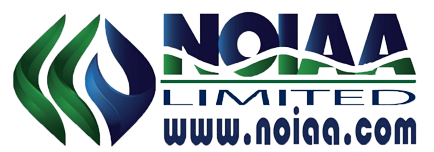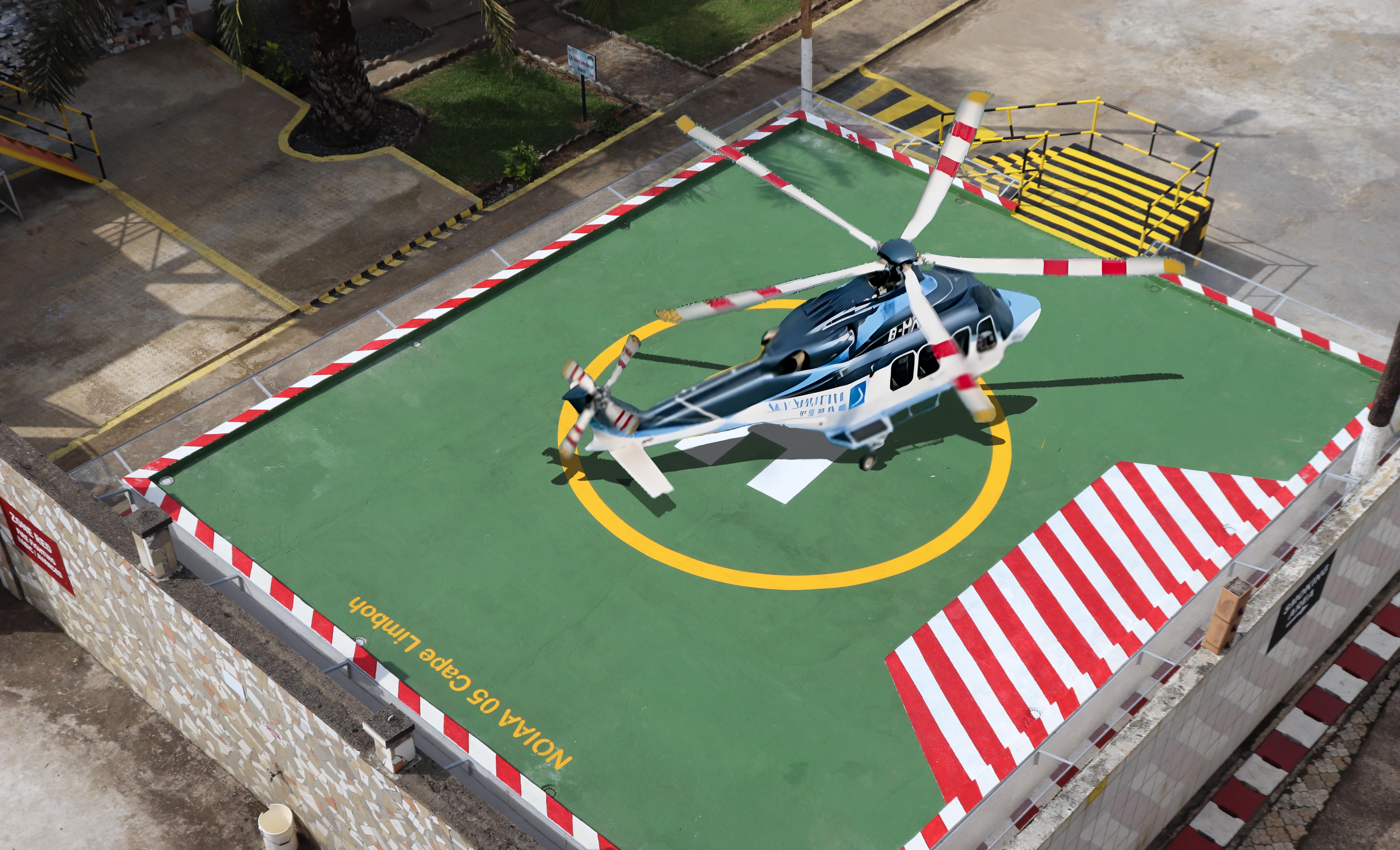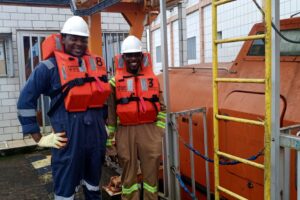First Aid Myths: What Not To Do
- Categories Africa On/offshore Safety News, Offshore Safety Training, Onshore Safety Training
- Date 21 August 2019
- Comments 0 comment

Tilt your head back to stop a nosebleed
There appears to be a lot of confusion about which way to tilt your head when you are having a nosebleed and the effects of which way you tilt your head. By tilting your head back you are encouraging the blood down into your body which could cause you to swallow or choke on the blood.
What you should do
The best way to stop the bleeding is to pinch your nose and tilt forwards. If the blood continues to run for over 30 minutes, consult medical advice.
If you get a burn, put butter on it
This long-term old tale was thought to cool the burn and ease the pain. Unfortunately, although it can do this for a brief while the butter will seal off the air from the burn. By sealing of the air on a still quite warm burn you are keeping the heat in and continuing to burn the skin. It just shows that first aid myths could do more harm than help.
What you should do
The first thing you should do with a burn is cool it by running it under cold water for around ten minutes. This will create both a cooling and numbing effect which will both stop the skin from burning and ease the pain. Once you have cooled your burn, cover it up with a sterile wrap and seek medical attention if you feel it is needed.
Chest compressions can be more harmful than helpful
CPR is one of the most important things you can do to keep someone that is in cardiac arrest alive. CPR can be vital in maintaining a casualty until the emergency services take over.
The best way to fathom whether a casualty is breathing or not is through the primary survey or DRABC.
If you have conducted DRABC and you are still are unsure if the casualty is breathing; continue with chest compressions anyway.
CPR doesn’t work unless you give both mouth-to-mouth and chest compressions
This one again is one of those first aid myths. The standard way to conduct CPR is through 30 chest compressions followed by two rescue breaths. This should be repeated until the emergency services arrive.
If you don’t feel comfortable giving rescue breaths; chest compressions help to keep blood flowing to the brain and keeping you in a stable state. Although the breath helps to aerate the blood; any blood to the brain is helpful.
You should only shock someone with an AED if their heart has stopped
AED’s are positioned in public places for everyone’s use. The machine will guide you through how to use the electric shocks, you don’t have to be trained professional to use a defibrillator.
Next post


![IMG_20241023_165727_734[1] IMG_20241023_165727_734[1]](https://training.noiaa.com/wp-content/uploads/2024/11/IMG_20241023_165727_7341-scaled-300x200.jpg)
